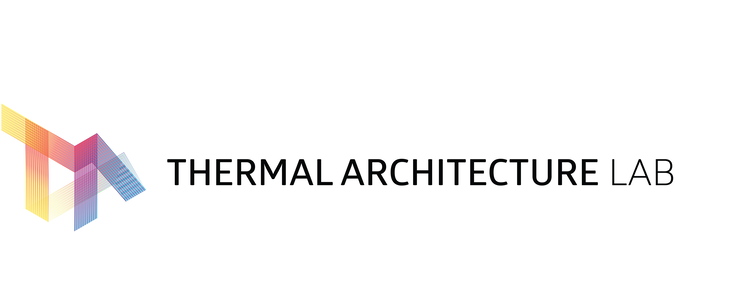HYDROCULUS
Description
The Hydroculus is a roof aperture, an oculus lined with hydrogel, for combined evaporative and radiative cooling in desert climates. During the day, the aperture acts as an adaptive windcatcher, trapping the hot dry air passing through it. The funnel-shaped top of the chimney is embedded with a wet hydrogel membrane, which humidifies the air, causing instantaneous cooling and a consequent downdraft airflow into the building’s interior. During the night, pockets of enclosed hydrogel encapsulated in the roof’s structural frame are exposed to radiative cooling from the night sky and act as thermal storage, providing additional cooling impact. The hydrogel pockets are protected from solar heat gain by a photonic membrane which reflects the shortwave radiation from the sun, but absorbs the lognwave radiation from the cold sky. This project thus leverages hygroscopic materials, surface geometry, and photonic membranes, to generate airflow and radiant cooling, while significantly reducing the energy input in comparison to conventional cooling systems.
The project is led by Dorit Aviv, director of the Thermal Architecture Lab, in collaboration with Aletheia Ida (University of Arizona) and Forrest Meggers (Princeton University).
Team members: Zherui Wang, Sean Rucewicz, Maryam Moradnejad, Eric Teitelbaum, Jiewei Li.
Funding: Microsoft, Princeton Office of Sustainability, Princeton Council on Science and Technology.
Publications
Surface Generation of Radiatively-Cooled Building Skin for Desert Climate
Dorit Aviv, Zherui Wang, Forrest Meggers, Aletheia Ida
Go to Article
Hydrogel-Based Evaporative and Radiative Cooling Prototype for Hot-Arid Climates
Dorit Aviv, Maryam Moradnejad, Aletheia Ida, Zherui Wang, Eric Teitelbaum, Forrest Meggers







